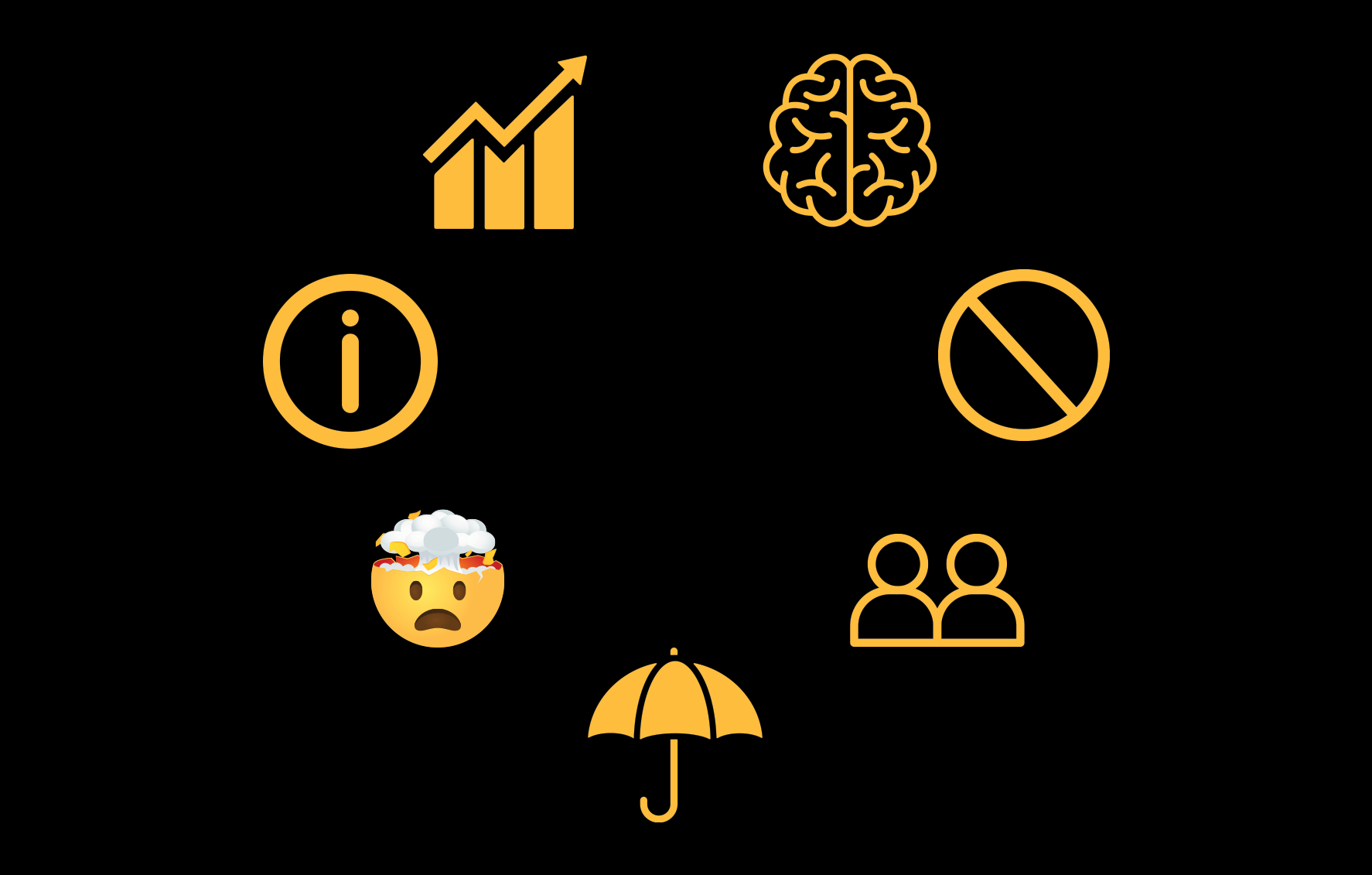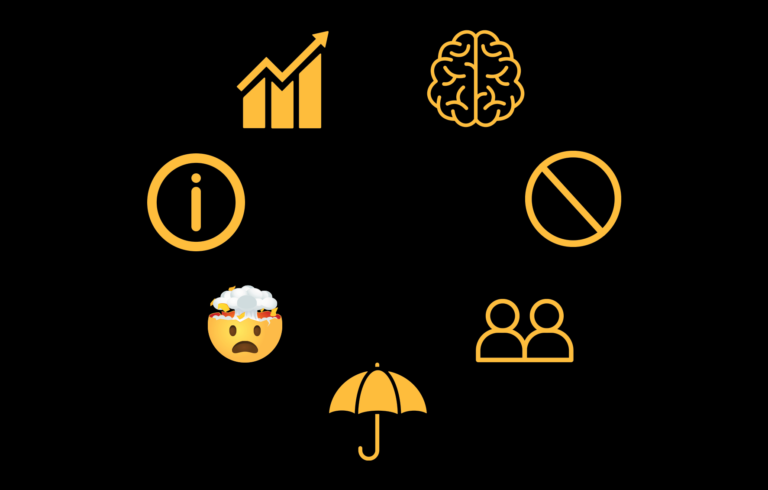As a business coach at Unknown University of Applied Sciences, Jeroen Coelen guides students along in their start-up journey. With coaching opportunities Jeroen provides students with honest feedback, inspiration, and practical tips to get from an idea to product-market fit. Jeroen uses his expertise in navigating the early stages of start-ups, as well as cutting edge knowledge gained as he achieves his PhD, in order to inspire students to begin new ventures with confidence. With his blogs, Jeroen offers practical tips on developing problem-fit solutions, suggests ways to better understand your customers, and recommends frameworks that help make sense of the chaos of start-ups. We are lucky to host Jeroen’s blogs, as the content he creates provide unique insights into the nature of the start-up process. Subscribe to his newsletter to get content hot off the press, and continue reading below.
Table of Contents
- If you want to generate value, solving a problem is a great strategy
- Early-stage startups struggle with defining the problem to solve
- Below are 7 common mistakes when defining your problem
A problem well-stated is a problem half-solved
Charles F. Kettering (head of research at GM)
HERE ARE 7 RISKY PROBLEM DEFINITIONS
🧠 THE REASONED PROBLEM
Characteristics:
- Made up by the founder
- Usually comes in an imagined story/scenario
- Can not be attributed to an actual living person
Example: When booking tickets for a HyperLoop-journey, people will be concerned about carbon offset.
Ask yourself: Who told you about this problem?
🚫 THE NON-PROBLEM
Characteristics:
- Assigned problem status to part of the story of customer
- Customer doesn’t see it as a problem
Example: A potential customer talks about how she plans her holidays. It’s chaotic and messy, 20 tabs open, but she says she loves that scavenger hunt style to it. The team (unrightly) classified that as a problem.
Ask yourself: Who told you this is a problem?
👥 PROBLEM WITHOUT AN OWNER
Characteristics:
- It’s unclear who owns or cares about this problem
- It’s often the result of sloppy customer research
- Finding the owner reveals why it is a problem
Example: a startup wanted to make impact on election voting turnout among the youth. It’s tempting to say it’s a good thing, but who actually cares enough to pay for this?
Ask yourself: Who cares?
☂️ THE UMBRELLA PROBLEM
Characteristics:
- The problem is very broad (e.g. climate change)
- The problem can be broken down into smaller sub-problems
- Almost all successful solutions focus on a sub-problem
- Find your sub-problem
Example A: Climate change > CO 2 emissions > CO2 emissions by vehicles > CO2 emissions by cars > CO2 emissions by cars while waiting for traffic light
Example B: Climate change > Methane emissions > Meat consumption > Beef Consumption > Lab grown meat is expensiveAsk yourself: What is the direct problem we solve? What is the indirect problem we solve?
🤯 THE ‘LACK OF OVERVIEW’-PROBLEM
Characteristics:
- Customers claim “there are too many solutions” or “I don’t know where to start”
- Founders think the lack of overview is the problem
- Lack of overview can be a result of customer not attempting
- No attempts can hint at lack of customer need
Example: a KPI-dashboard that nobody uses because they are not focused on KPIs.
Ask your customer: What have you done to fix this problem?
ℹ️ THE ‘ACCESS TO INFORMATION’-PROBLEM
Characteristics:
- Customers claim they don’t have enough information to act differently
- Can it really not be solved with a simple Google search?
- Lack of simple Google search can hint at lack of true need
Example: I’ve seen many startups pitch a app that provides better information about how sustainable products actually are (clothing, cosmetics, grocery goods). People in interviews tell them that information on sustainability is hard to find. Is it though?
Ask your customer: When is the last time you searched for extra information?
📈 MAKING YOUR BUSINESS GOAL THEIR PROBLEM
Characteristics:
- Some business goals are related to customer behaviour
- Sometimes people forget how this business goal contributes to the life of the customer
- Result: customers are forced to do things they don’t want
Example A: A dating app did a Corona-fuelled pivot. They saw a sudden usage drop due to the lockdown. They prioritised on how they could stay top of mind for their users. They build a solution that their customers didn’t want, as their experiments showed. With this move, they ignored the actual needs of the customer.
Example B: I consulted an energy supplier. They said: ‘How can we have a more tight, personal relationship with our customers?’ I probed them: ‘Maybe your customer doesn’t want a tight personal relationship with a commodity as yours?’ Didn’t occur to them.
Ask yourself: Do I know what my customer wants to achieve?
💡 NOTE: THIS IS NOT (EXACT) SCIENCE
- This article is a synthesis of my experience as a startup coach of 100 startups, this is not scientific research.
- For each of these problems, there are scenarios where each of these red flags actually isn’t a red flag. I’m not claiming that all these red flags are things to avoid at all cost.
- I would urge you to do a double-check if any of these problem types resonate with your current problems in your startup.
- Do you have more to add to this list? Let me know!
- If you want to generate value, solving a problem is a great strategy
- Early-stage startups struggle with defining the problem to solve
- Below are 7 common mistakes when defining your problem
A problem well-stated is a problem half-solved
Charles F. Kettering (head of research at GM)








